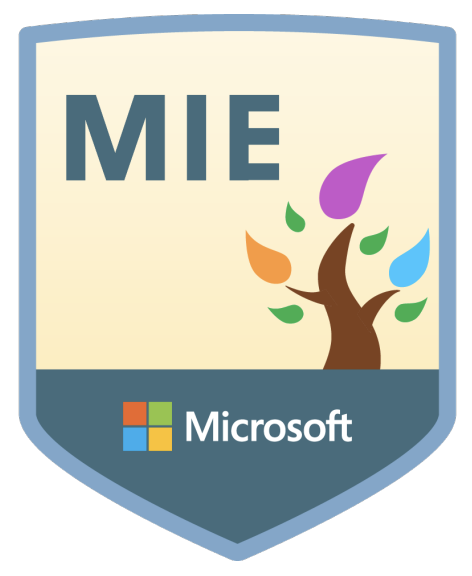
In many math classes, the prevalent norm is a one-way flow of information from teacher to student, where students mimic processes rather than engage in deep thinking. (I do, we do, you do.) This can lead to a passive learning environment where students’ roles are limited to absorbing information rather than actively exploring and understanding mathematical concepts. Liljedahl points out that such norms are built on the assumption that students either can't or won't think for themselves, which is a mindset that classrooms like Julie Burnside's is disrupting.
Three Starter Steps to Activate Thinking in Math
- Implement Thinking Tasks: Shift from tasks that promote mere memorization or repetition of demonstrated procedures to those that truly engage students in thinking. Problem-solving should be about exploring unknown paths and finding solutions, not just applying taught methods to new numbers. (I wrote a post about Thinking Routines too.)
- Foster an Active Learning Environment: Encourage activities that require more than passive note-taking. For instance, presenting students with real-world problems that they have to collaboratively solve can stimulate more active engagement and critical thinking.
- Promote a Culture of Inquiry and Exploration: Create a classroom atmosphere where questions are valued as much as answers. Encourage students to ask why and how, to explore multiple solutions, and to learn from their attempts, whether successful or not.
Let's move beyond traditional teaching norms and create math classrooms that inspire and challenge our students.
Additional Resources:
@LearnBitesized created a great resource that walks you through all 14 teaching practices. There is a video to summarize each practice and they do a nice job connecting the practices throughout content areas.








 RSS Feed
RSS Feed
